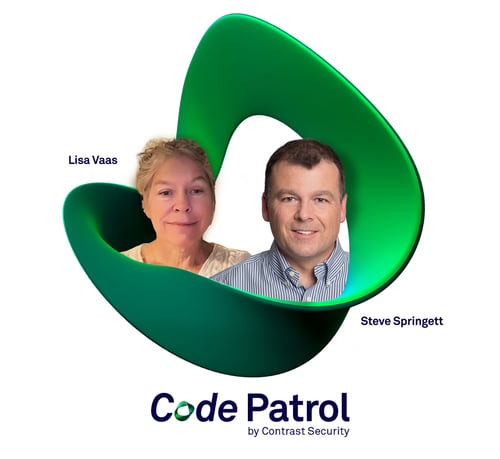CycloneDX 1.5: The missing link in SBOMs and software transparency?
 CycloneDX — one of the most popular standards for describing the components of a software application, including source code binaries, libraries and containers — was created because modern software is a glued-together glob of third-party and open-source components that are rigged up “in complex and unique ways and integrated with original code to achieve the desired functionality,” as OWASP explains. The situation as it currently stands: Software is a black box. Lord knows what those components are, nor whether secure processes were used to cobble the bits and pieces together, nor whether potentially vulnerable bits are even invoked by the application. There’s no manufacturing bill of materials to tell you how it was cooked up. There’s no cryptography bill of materials telling you if software employs feeble encryption algorithms — such as the soon-to-be-verboten Triple-DES, enabler of brute-force attacks. All of this is why the Office of Management and Budget is requiring government agencies to collect cybersecurity attestations from the software providers whose services they use, and why OWASP is working to fill in all the blanks with a growing menu of Software Bill of Materials (SBOM) types. In this episode, Steve Springett, chair of the OWASP CycloneDX core working group, talks about the changes introduced in CycloneDX 1.5, what they mean for software transparency, and what’s coming down the pike in the upcoming 1. 6 release. A teaser: One thing we can look forward to is the Cryptography Bill of Materials (CBOM), which will address whatever wonky cryptography gristle — like Triple-DES — is going into your software soup.
CycloneDX — one of the most popular standards for describing the components of a software application, including source code binaries, libraries and containers — was created because modern software is a glued-together glob of third-party and open-source components that are rigged up “in complex and unique ways and integrated with original code to achieve the desired functionality,” as OWASP explains. The situation as it currently stands: Software is a black box. Lord knows what those components are, nor whether secure processes were used to cobble the bits and pieces together, nor whether potentially vulnerable bits are even invoked by the application. There’s no manufacturing bill of materials to tell you how it was cooked up. There’s no cryptography bill of materials telling you if software employs feeble encryption algorithms — such as the soon-to-be-verboten Triple-DES, enabler of brute-force attacks. All of this is why the Office of Management and Budget is requiring government agencies to collect cybersecurity attestations from the software providers whose services they use, and why OWASP is working to fill in all the blanks with a growing menu of Software Bill of Materials (SBOM) types. In this episode, Steve Springett, chair of the OWASP CycloneDX core working group, talks about the changes introduced in CycloneDX 1.5, what they mean for software transparency, and what’s coming down the pike in the upcoming 1. 6 release. A teaser: One thing we can look forward to is the Cryptography Bill of Materials (CBOM), which will address whatever wonky cryptography gristle — like Triple-DES — is going into your software soup.
Host: Lisa Vaas, Senior Content Marketing Manager, Contrast Security
Guest Speaker: Steve Springett, Chair, OWASP CycloneDX Core Working Group
Recent Podcasts
10/31/2022
Code Patrol: And now our watch begins!
11/01/2022
OMB M-22-18: Get ready for grilling
11/15/2022
Your Mission, Should You Choose To Accept It: Defend From Within
Experience Contrast today
See how you could get secure code moving on the Contrast Secure Code Platform






